About Suva
Suva City can lay certain claim to being the largest and perhaps the most livable city in the South Pacific outside New Zealand or Australia. The capital of Fiji since 1883, it is set on 15 sq km of peninsula adjacent to one of the finest naturally protected harbors in the South Seas. It is home for about 176,000 residents in 2014 (based on the Central Intelligence Agency’s World Factbook) with another 60,000 living in the fast-developing corridor along the 25-km stretch from the city limits to the airport at Nausori to the northeast.
Suva Location
Definitely Do Not Miss
See the Fiji Museum, check out the nightclubs, and visit the Cultural Center at Pacific Harbour. Or…jump on a plane and take a day trip to the Old Capital of Levuka, a ten minute flight from Suva.
Additional Info
Perhaps the biggest drawback to the town is its weather, which is wet and often muggy. The nicest way to describe Suva is as a changeable town that gleams in the sunlight and turns metallic grey in the rain. And rain is not an uncommon occurrence in the capital of Fiji. Bring your umbrella.
Suva is a steamy cauldron of Fijians, Indians, Chinese, Tongans, Samoans, Rotumans, Solomon Islanders, Micronesians, Europeans and `fruit salad’ as they are locally called—those of mixed race. In and around Suva there are a variety of Christian churches, Hindu and Sikh temples, Muslim mosques and even an abandoned Jewish cemetery. Fiji’s capital, which can justifiably be called the hub of the South Pacific, has a modern array of communications facilities and has attracted a host of international bureaus and regional institutions such as USP, the University of the South Pacific. Suva has always been the headquarters for culture and the arts.
History of Suva, Fiji
Before Suva became the center of European activity in Fiji, it was a typical village, embroiled in the political squabbles and intrigues of the day which often resulted in attacks by rival tribes. The European settlement of this waterfront community was prompted by a series of events that began during a celebration of America’s independence day on 4 July 1848. The first was a fire in a house belonging to entrepreneur John Brown Williams, US commercial agent in Fiji. While the fire burned, many of Williams’ possessions were ‘liberated’ from the burning structure by the villagers, who saw no reason to give them back. Consul Williams, as he was called, took full advantage of the situation and inflated his 1848 loss of goods looted by the Fijians from approximately 200 (as some have estimated) to nearly 10,000 at the time of his death.
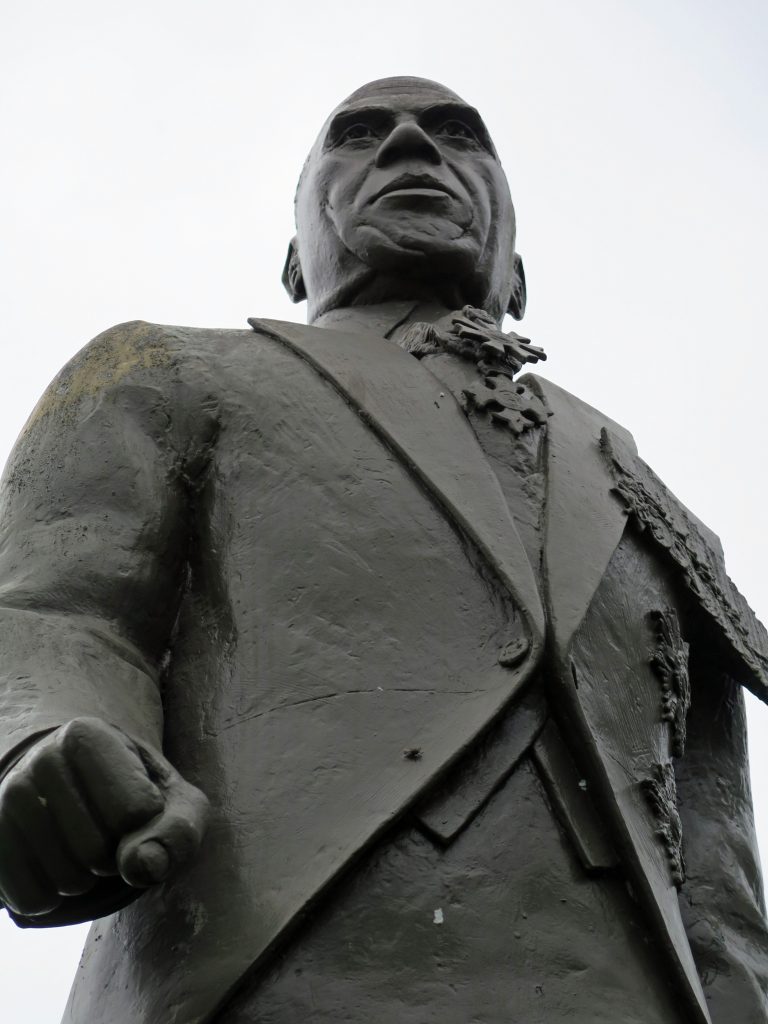
The responsibility for these actions was placed upon Chief Cakobau, who at the time was the self-styled ‘Tui Viti’ or King of Fiji. Having failed to eliminate the debt by an attempt to cede Fiji to Britain (which took some nerve because Chief Cakobau really didn’t have dominion over the entire country), he quickly accepted the offer of the newly formed Polynesia Company to pay the amount. The agreement was that the Polynesia Company would pay back the money in exchange for 200,000 acres of land and trading and banking rights in Fiji. About 23,000 acres of the total were in the Suva area. The price worked out to about a shilling an acre – not a bad deal even in those days. (Photo at right depicts mid 20th Century Suva when colonial architecture was still evident.)

Polynesia Company Settlement
After acquisition by the Polynesia Company, a boatload of Australian settlers arrived in Suva in 1870 to plant cotton and later sugar cane. Early settlers camped on the beach until the land, densely covered with vegetation, was cleared to build their Fijian-style huts. One settler described the ordeal:
Ironically, the efforts that went into cultivation were in vain because the land itself was not suited to the crops. The agricultural venture in Suva failed and the planters were ruined. However miserable things were for the fledgling community, land speculators knew that if Suva could be made the new capital, business could be coaxed there, real estate values would soar, and they would be rich. The old capital, Levuka, which had long been the metropolis of the Pacific, was a brawling, prosperous town, but its days as a capital were numbered. Although it was a garden spot, the old capital was hemmed in by 600-metre cliffs which left no room to expand. It became apparent that a new capital was needed. In the meantime, land in Suva was purchased by two major parties who did their best to promote the area as an ideal spot for a new capital by giving the government ample real estate to build their offices. Thus, in spite of the wet climate, the local government had incentives to establish the new capital in Suva, and in 1882 they did just that. The New Capital The plan of modern Suva is credited to Colonel F E Pratt of the Royal Engineers, appointed in 1875 as surveyor-general and director of works; and to his assistants W Stephens and Colonel R W Stewart. Despite well-intentioned plans for the capital, Suva’s early days saw only gradual improvement – roads were poor, water supply was tenuous at best and not all construction adhered to the city plan. Gradually these deficiencies gave way as the town grew. A few years past the turn of the century Suva was actually a tourist attraction in its own right. The editor of The Commercial Directory & Tourists’ Guide to the South Pacific Islands observed: Some things never change. History of the Grand Pacific Hotel – Suva I’ve written about the newest incarnation of the Grand Pacific Hotel (GPH), which is rising once again like a Phoenix on Suva’s waterfront. For nearly two decades as the esteemed Norwegian anthropologist Solrun Williksen described The Grand Pacific Hotel as “sinking into the muddy shores. Any passer […] Part Four This is the Fourth in a series of blogs by Norwegian anthropologist Solrun Williksen. These next few excerpts cover the glorious history of the GPH Fiji Times twice to find people who had worked at the Grand Pacific or who were in any way related to the building and could tell a story about […] Part Three This is the third is in a series of blogs by Norwegian anthropologist Solrun Williksen. These next few excerpts cover the glorious history of the GPH It was not true as stated by Finance Minister Jim Ah Koy in 1998 that the Grand Pacific had been “an eyesore for the last 20 years”. But […] Suva Street Scene photo at top of page courtesy of Wikipedia Commons
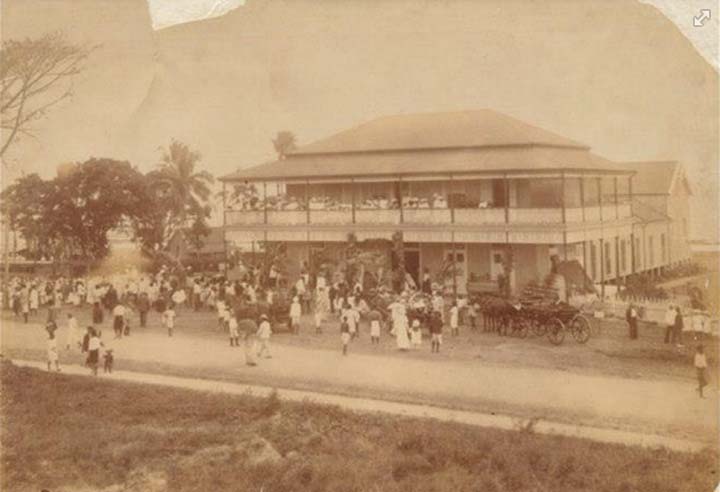
The Levuka Connection
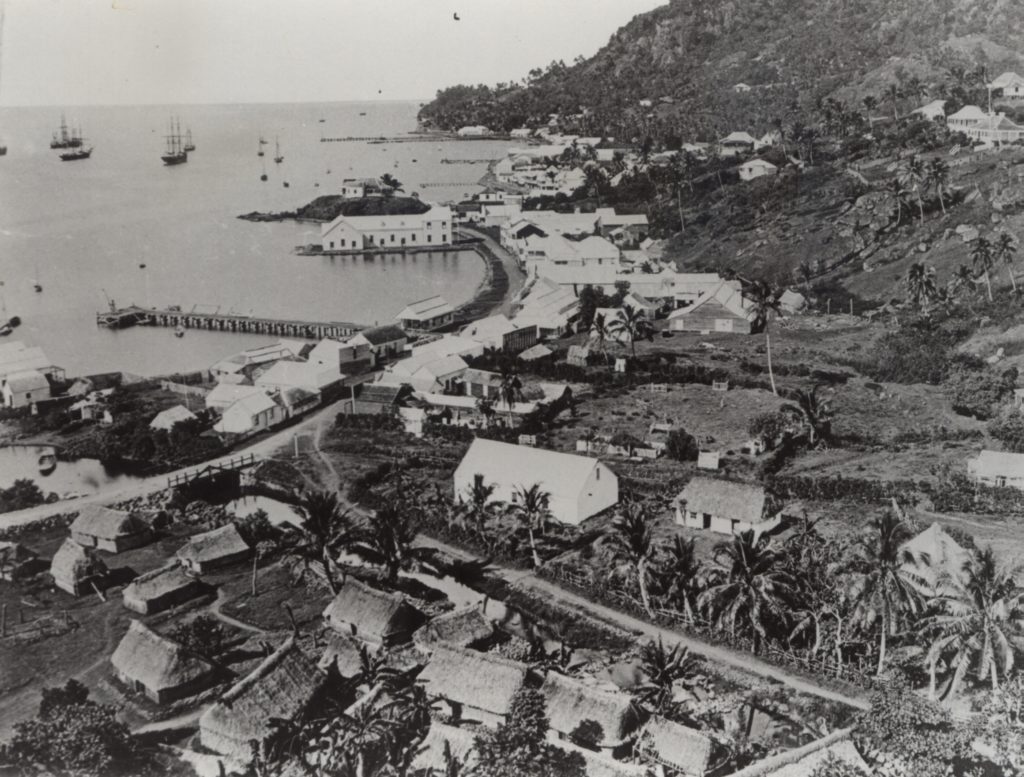
Observation...
Related Posts

Fiji’s Greatest Hotel: Remembrances of the Grand Pacific Hotel – Part 1
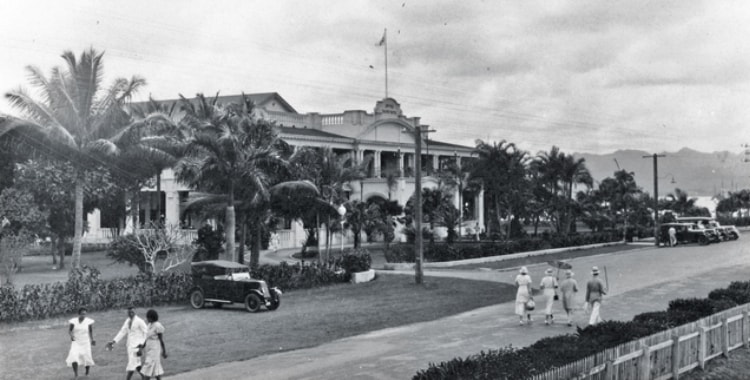
Fiji’s Greatest Hotel: Remembrances of the Grand Pacific Hotel – Part 4
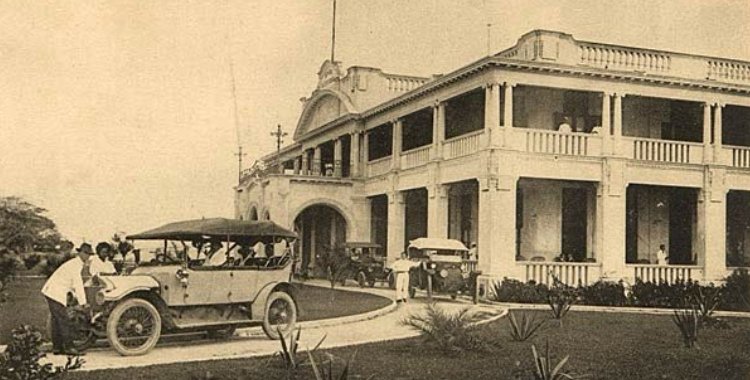
Fiji’s Greatest Hotel: Remembrances of the Grand Pacific Hotel – Part 3




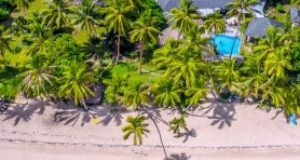
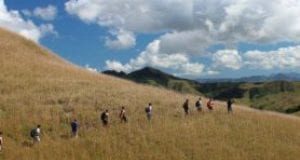
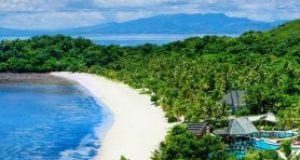
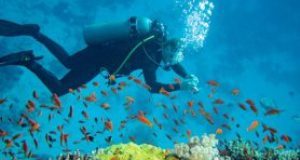
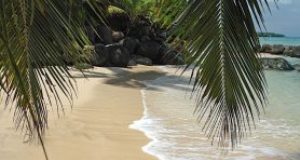
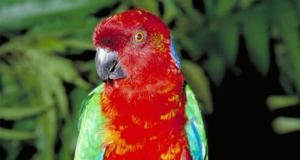
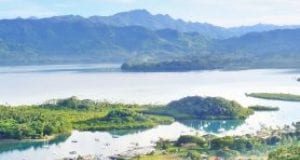

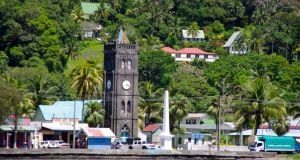
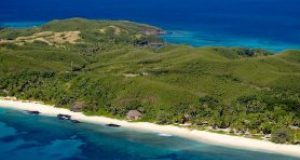


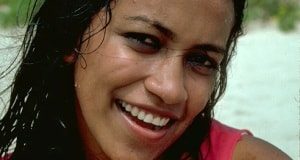
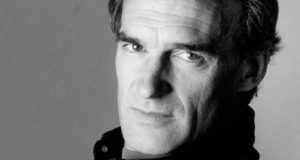

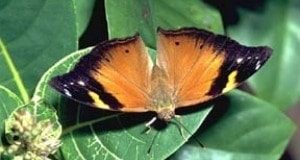

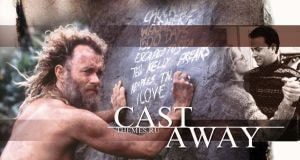

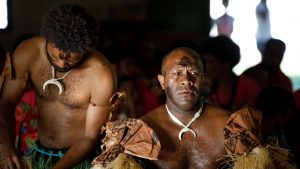
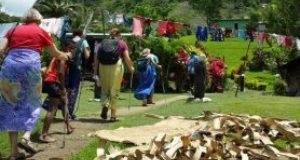

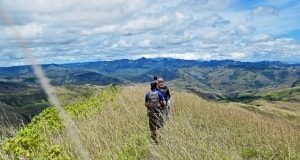
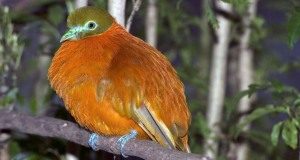

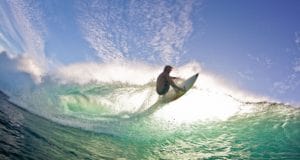
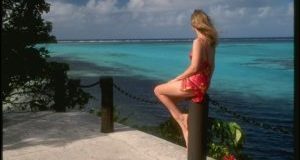

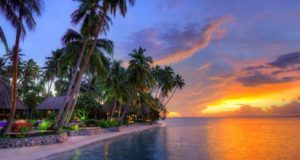



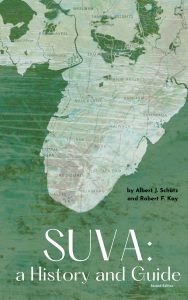
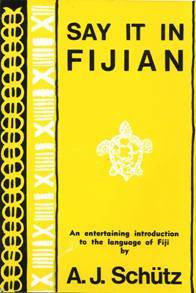

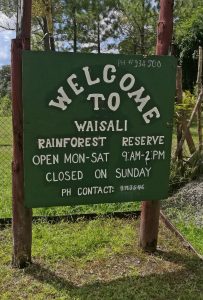
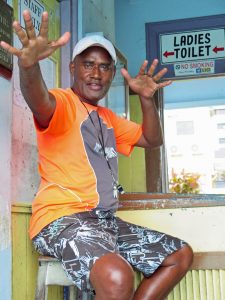
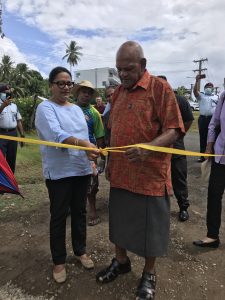

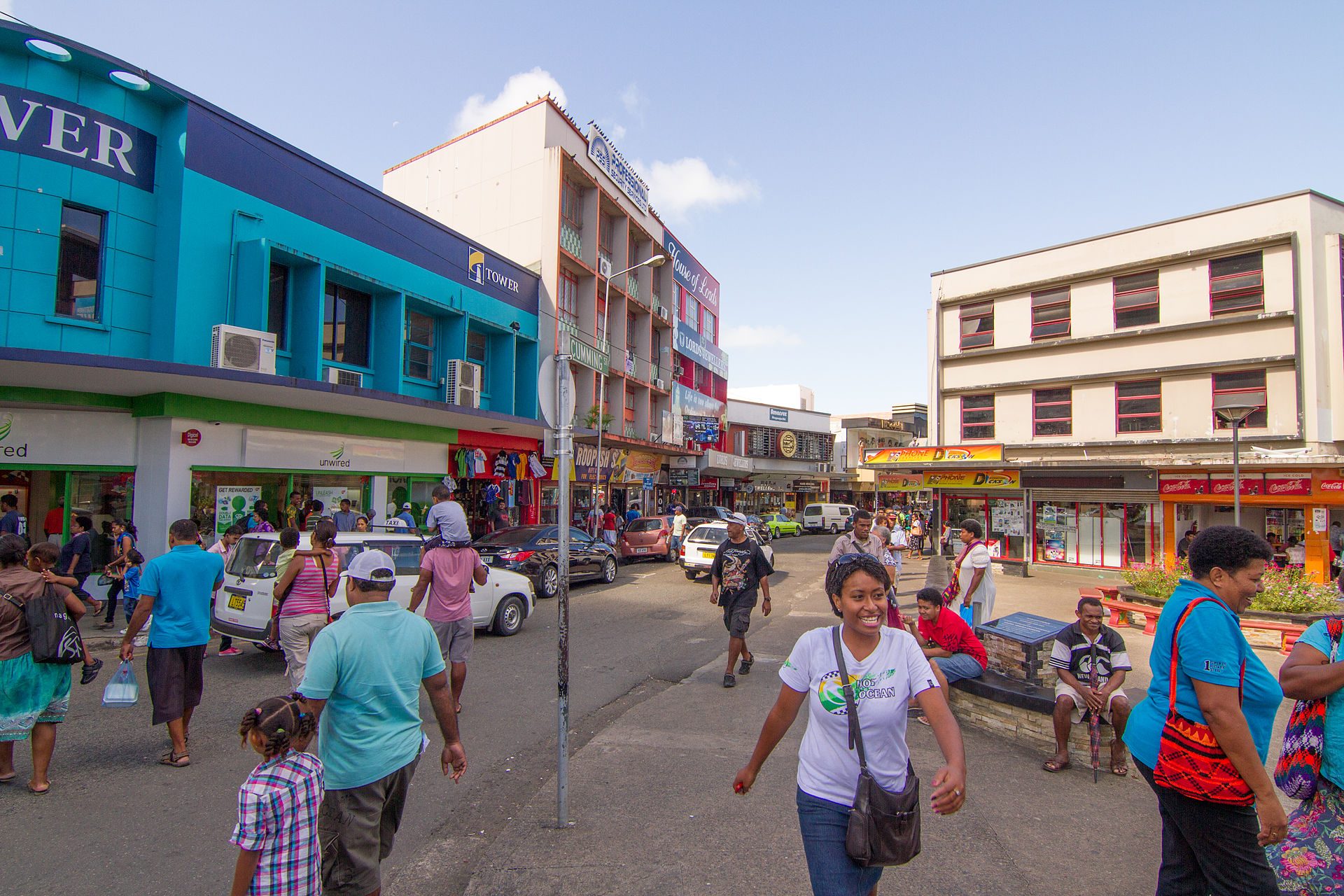
Leave a reply